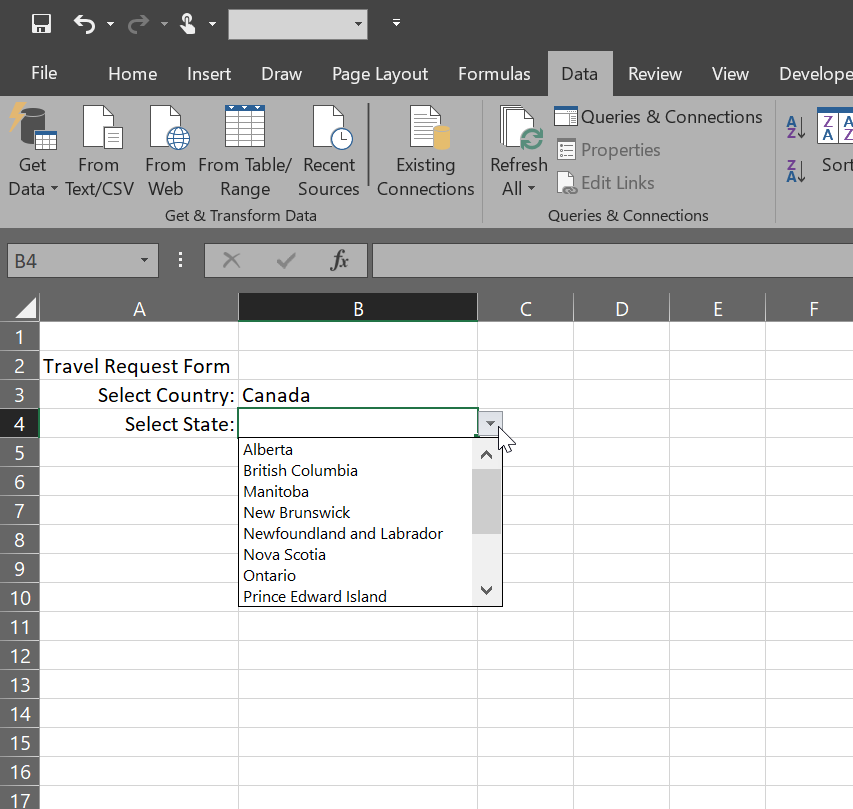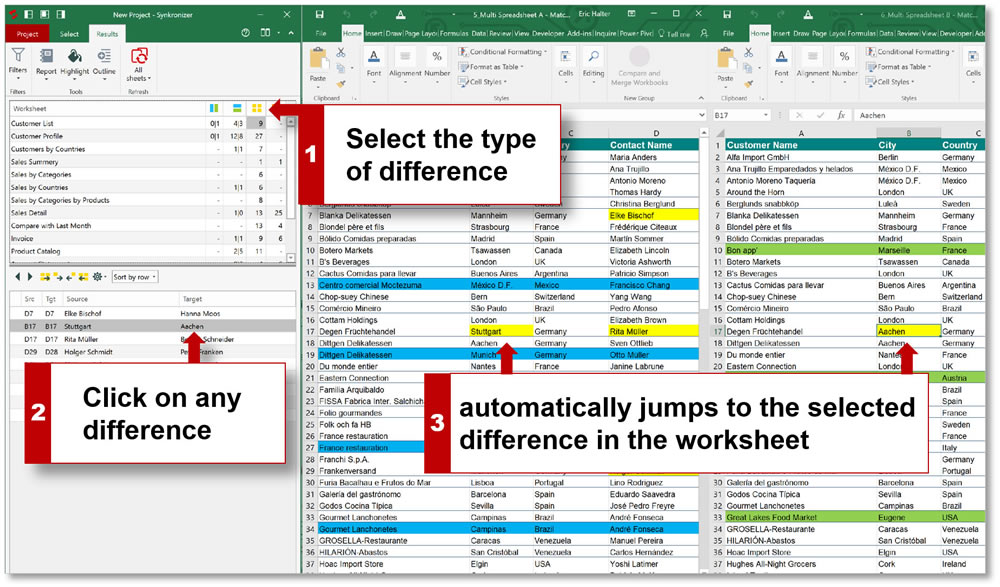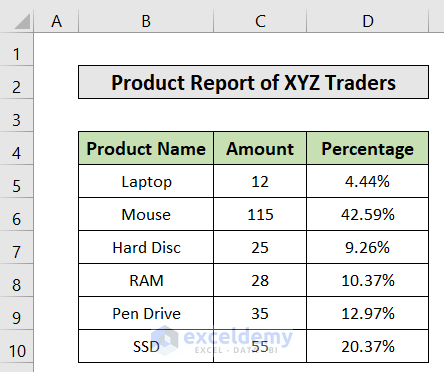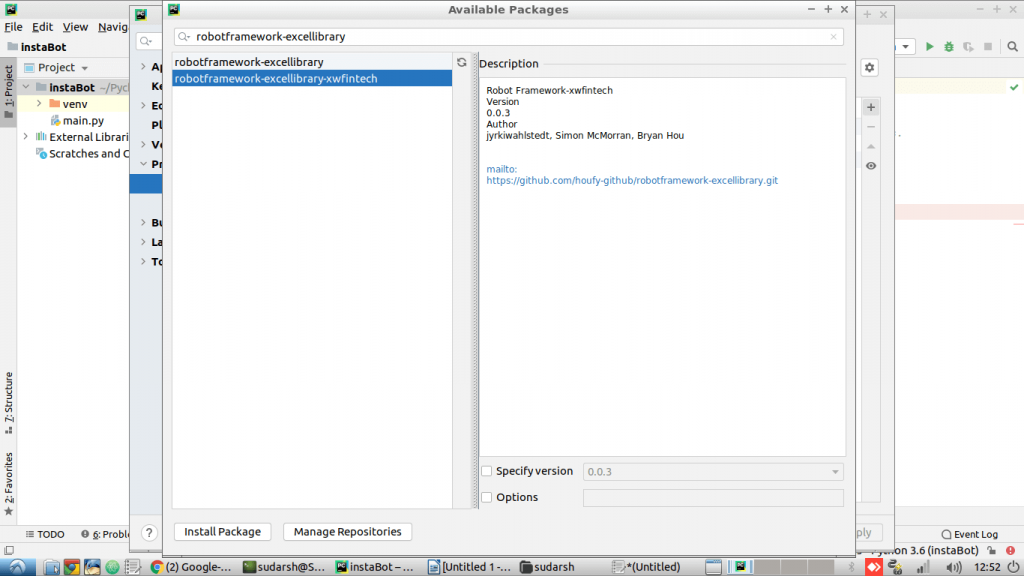Military
Army Field Medic Training Program

Introduction to Army Field Medic Training

The Army Field Medic Training Program is a comprehensive and rigorous training course designed to equip individuals with the necessary skills and knowledge to provide medical care in emergency situations, particularly in combat zones. The program is tailored to prepare medics to work in high-stress environments, making quick and accurate decisions to save lives. Field medics play a critical role in the military, and their training is essential to ensuring the health and safety of soldiers.
Overview of the Training Program

The Army Field Medic Training Program typically lasts for several months, during which trainees undergo intensive training in various aspects of medical care, including first aid, emergency medical procedures, and tactical combat casualty care. The program is divided into several phases, each focusing on specific skills and knowledge areas. Trainees learn about patient assessment, trauma care, pharmacology, and medical evacuation procedures, among other topics.
Key Components of the Training Program

Some of the key components of the Army Field Medic Training Program include: * Classroom instruction: Trainees receive theoretical knowledge on various medical topics, including anatomy, physiology, and pharmacology. * Practical training: Trainees participate in hands-on training exercises, practicing medical procedures and techniques in a simulated environment. * Simulation training: Trainees use simulated patients and medical equipment to practice their skills in a realistic and immersive environment. * Field training exercises: Trainees participate in field training exercises, applying their skills in a tactical environment.
Skills and Knowledge Acquired

Upon completion of the Army Field Medic Training Program, trainees acquire a range of skills and knowledge, including: * Patient assessment and diagnosis * Trauma care and management * Emergency medical procedures, such as CPR and bleeding control * Pharmacology and medication administration * Medical evacuation procedures * Tactical combat casualty care
Equipment and Resources

Field medics use a variety of equipment and resources to perform their duties, including: * Medical kits and supplies * Defibrillators and other medical devices * Communication equipment, such as radios and satellite phones * Transportation vehicles, such as ambulances and helicopters
| Equipment | Description |
|---|---|
| Medical kits | Contain basic medical supplies, such as bandages and medications |
| Defibrillators | Used to treat cardiac arrest and other heart-related emergencies |
| Communication equipment | Used to coordinate medical evacuation and communicate with other units |

💡 Note: Field medics must be proficient in the use of all equipment and resources to provide effective medical care in emergency situations.
Challenges and Opportunities

The Army Field Medic Training Program presents several challenges and opportunities for trainees, including: * Developing critical thinking and decision-making skills * Working in high-stress environments * Building teamwork and communication skills * Opportunities for advancement and specialization
Conclusion and Final Thoughts

In summary, the Army Field Medic Training Program is a comprehensive and rigorous training course that equips individuals with the necessary skills and knowledge to provide medical care in emergency situations. The program is designed to prepare medics to work in high-stress environments, making quick and accurate decisions to save lives. Upon completion of the program, trainees acquire a range of skills and knowledge, including patient assessment, trauma care, and emergency medical procedures. The program presents several challenges and opportunities for trainees, including developing critical thinking and decision-making skills, working in high-stress environments, and building teamwork and communication skills.
What is the duration of the Army Field Medic Training Program?

+
The duration of the Army Field Medic Training Program is several months, depending on the specific course and location.
What skills and knowledge do trainees acquire upon completion of the program?

+
Trainees acquire a range of skills and knowledge, including patient assessment, trauma care, emergency medical procedures, pharmacology, and medical evacuation procedures.
What equipment and resources do field medics use to perform their duties?

+
Field medics use a variety of equipment and resources, including medical kits, defibrillators, communication equipment, and transportation vehicles.



